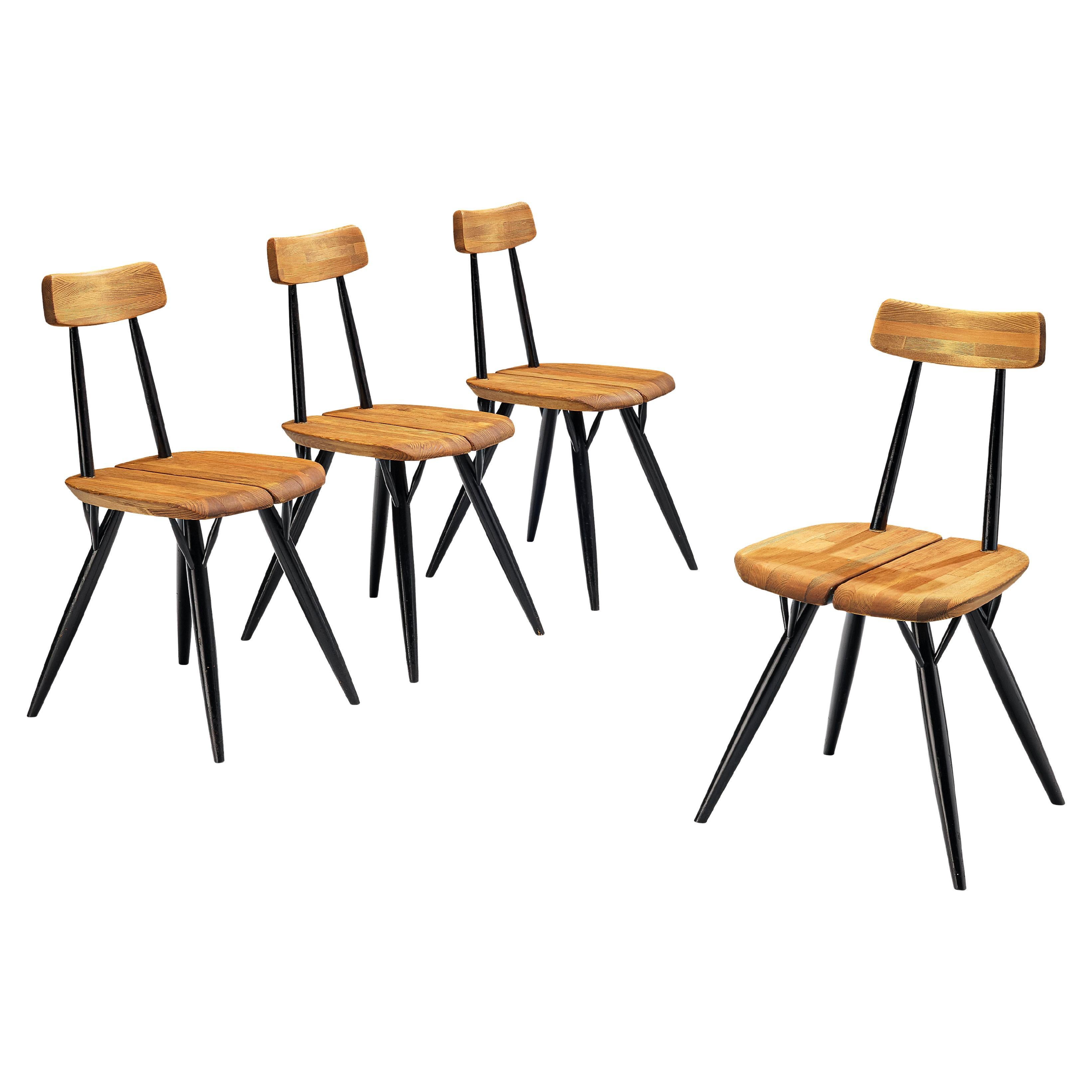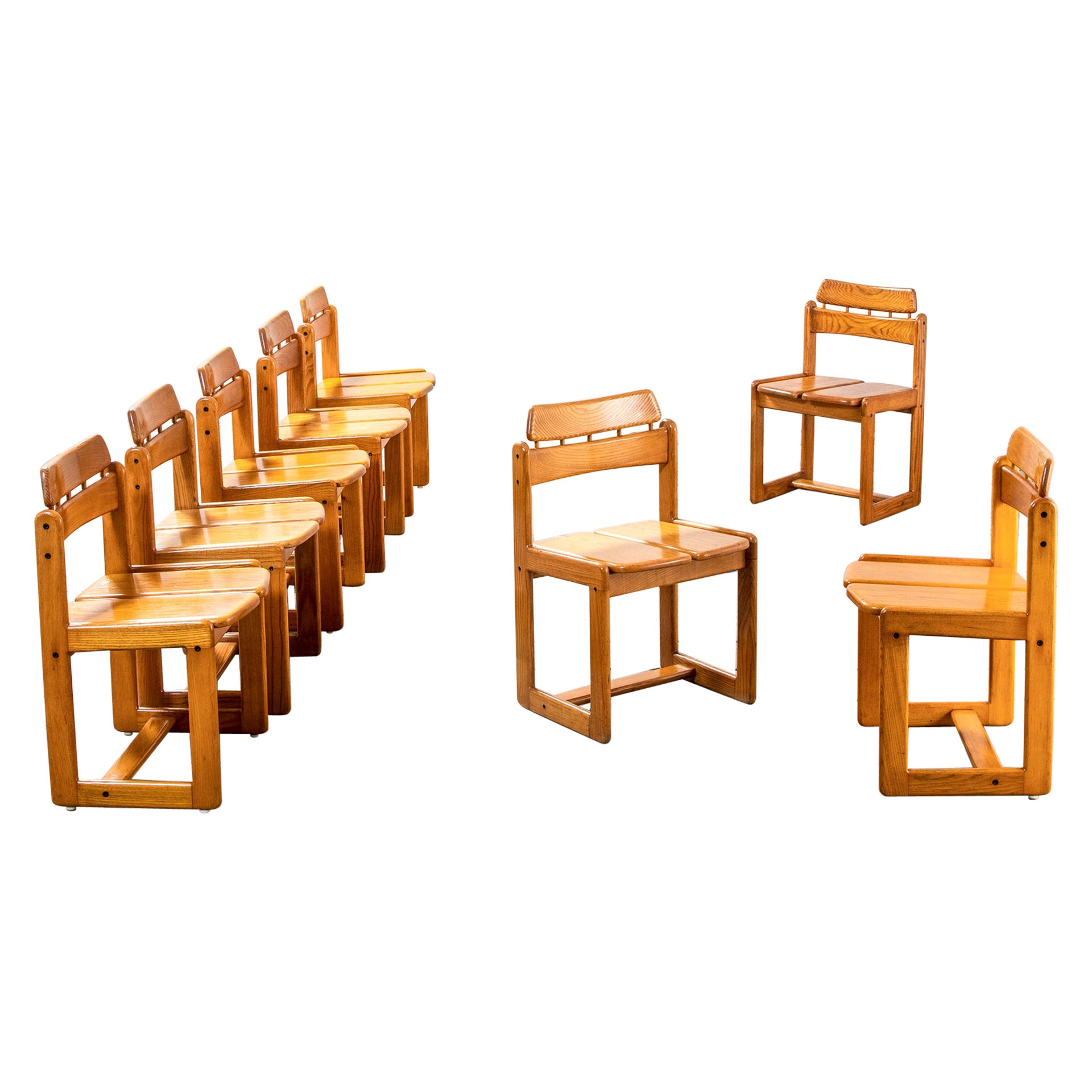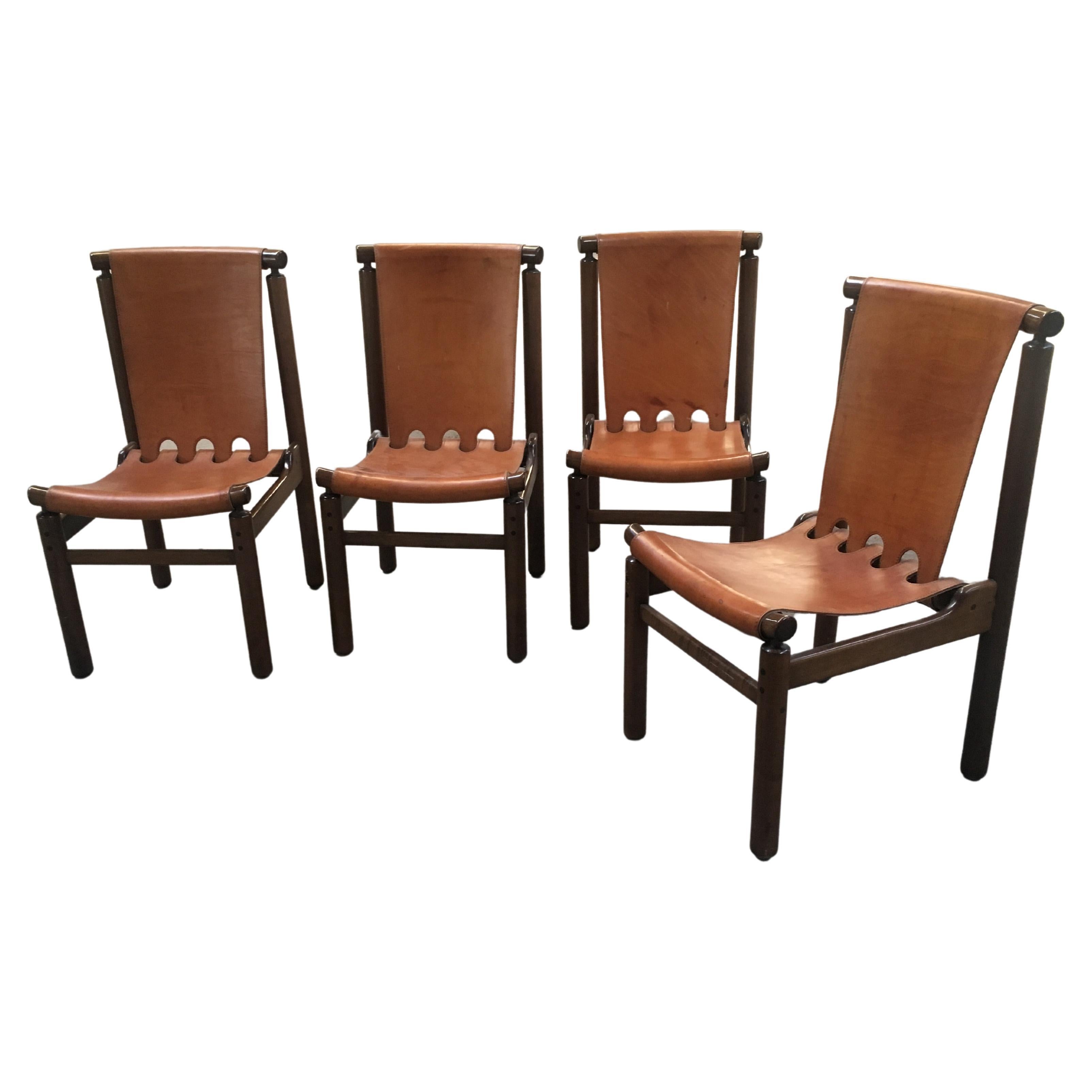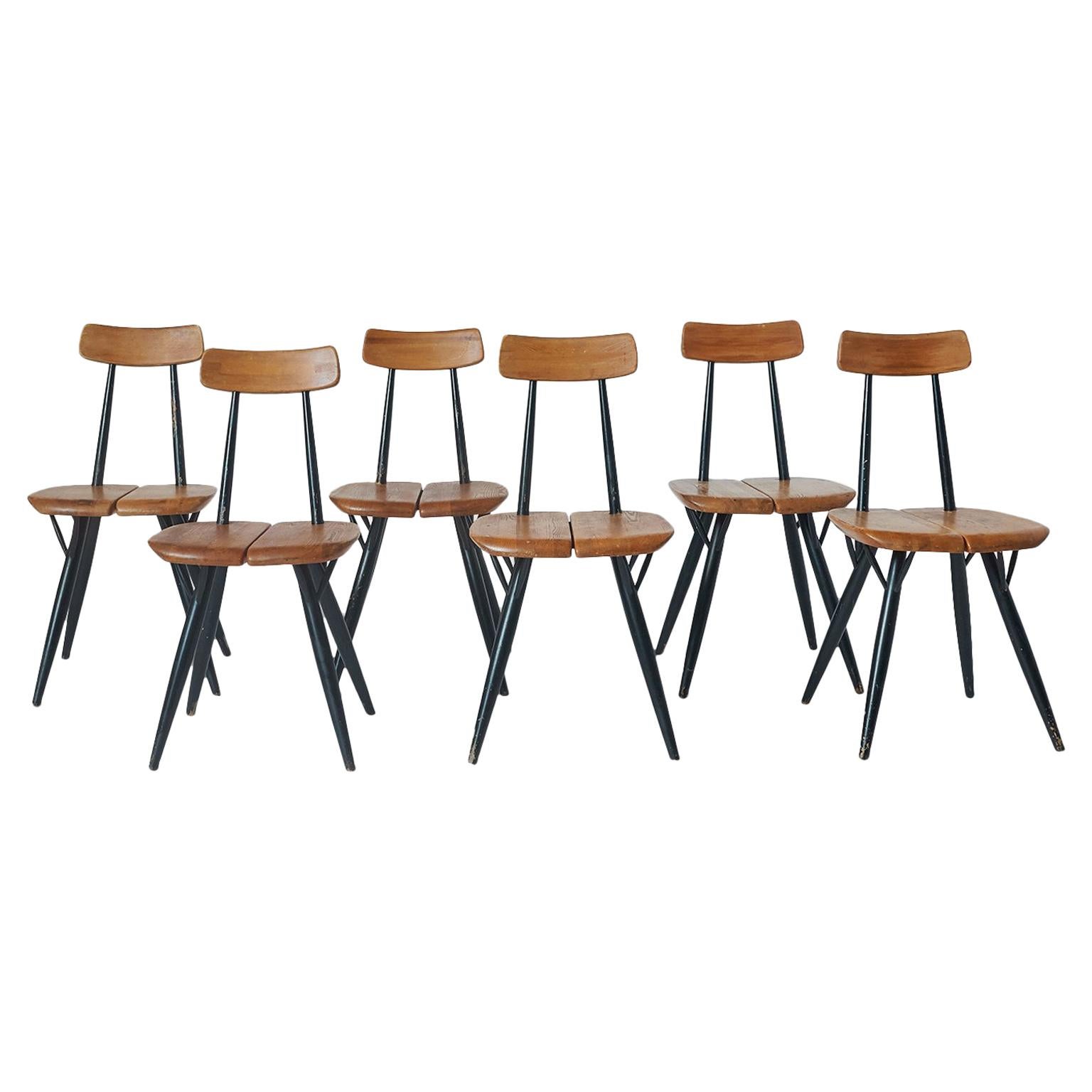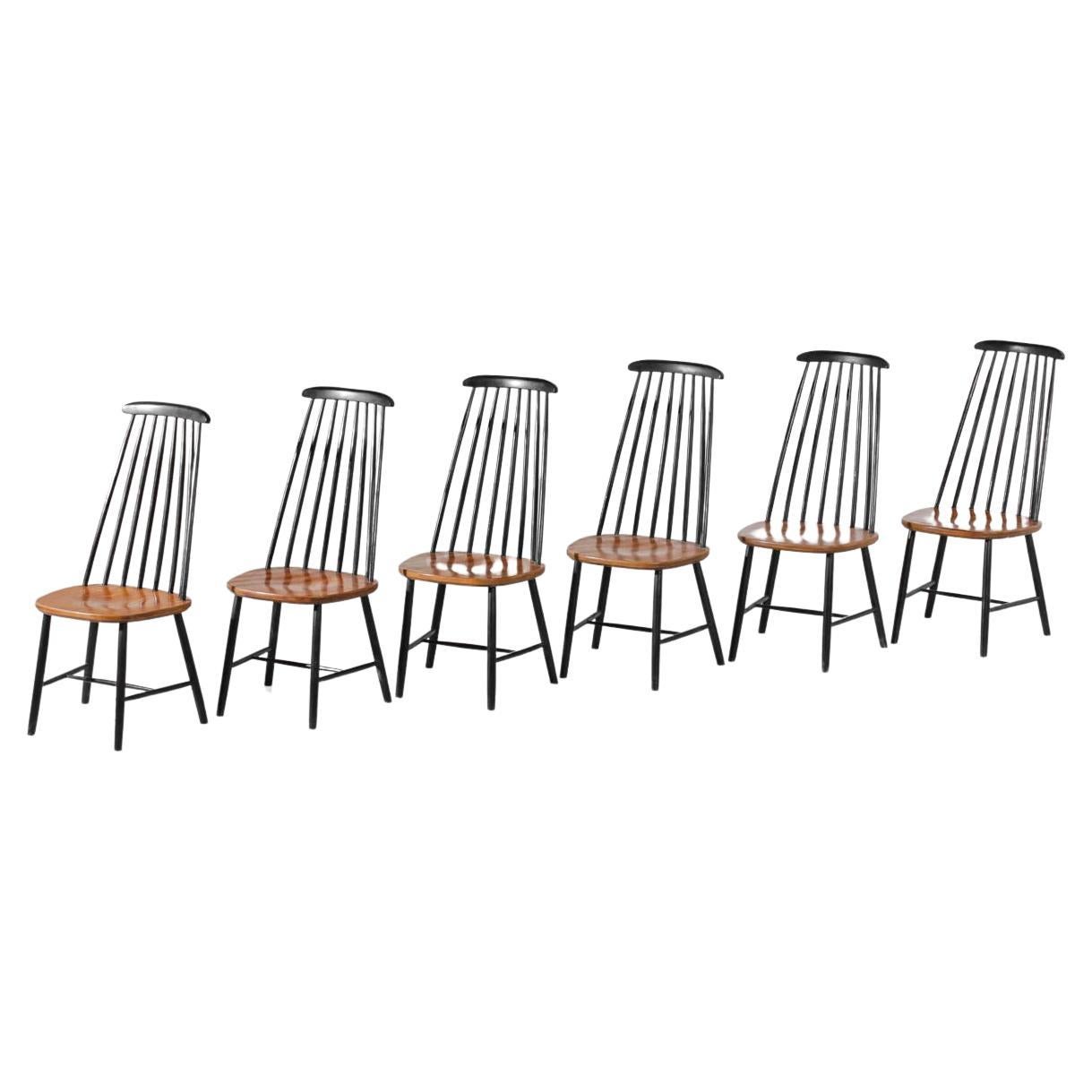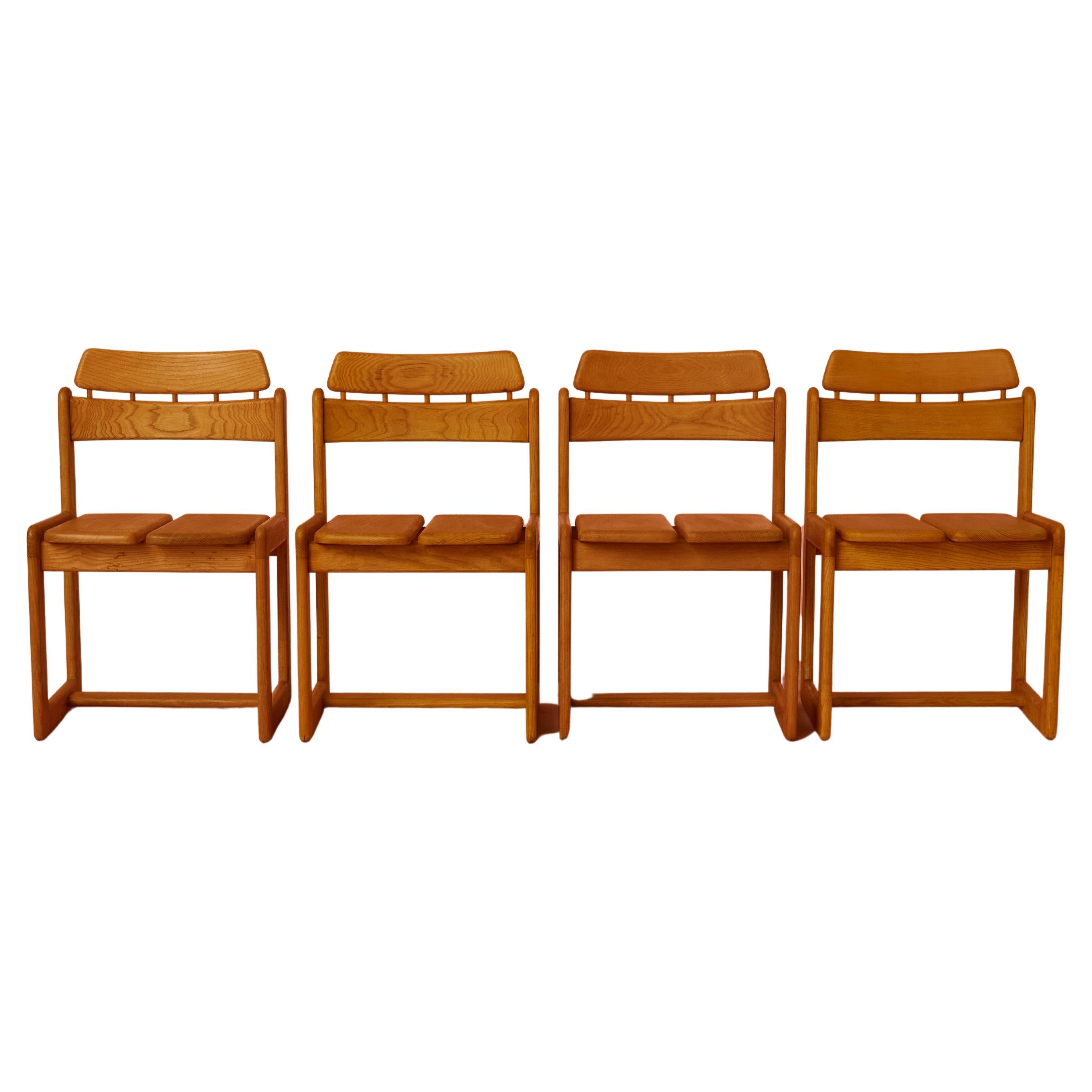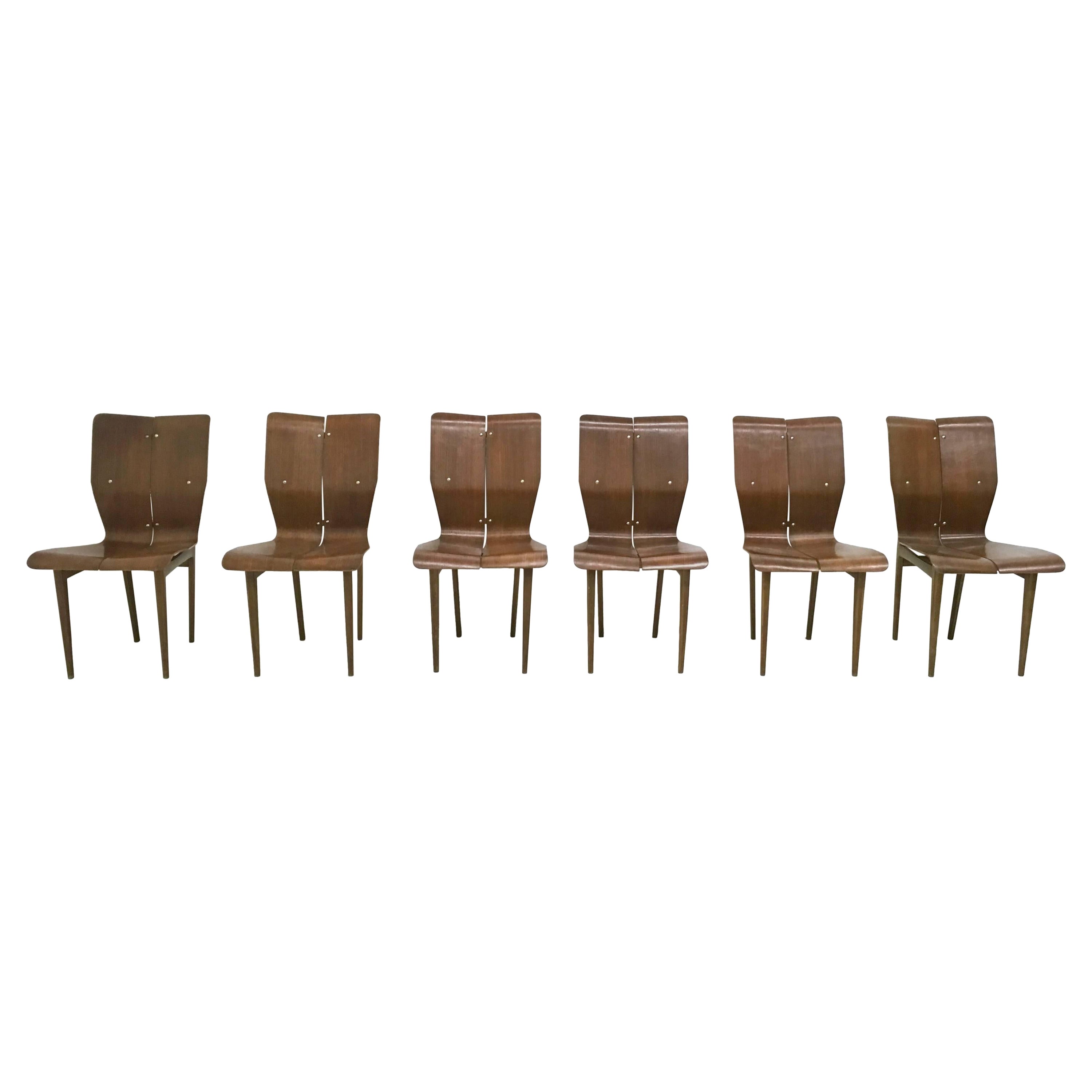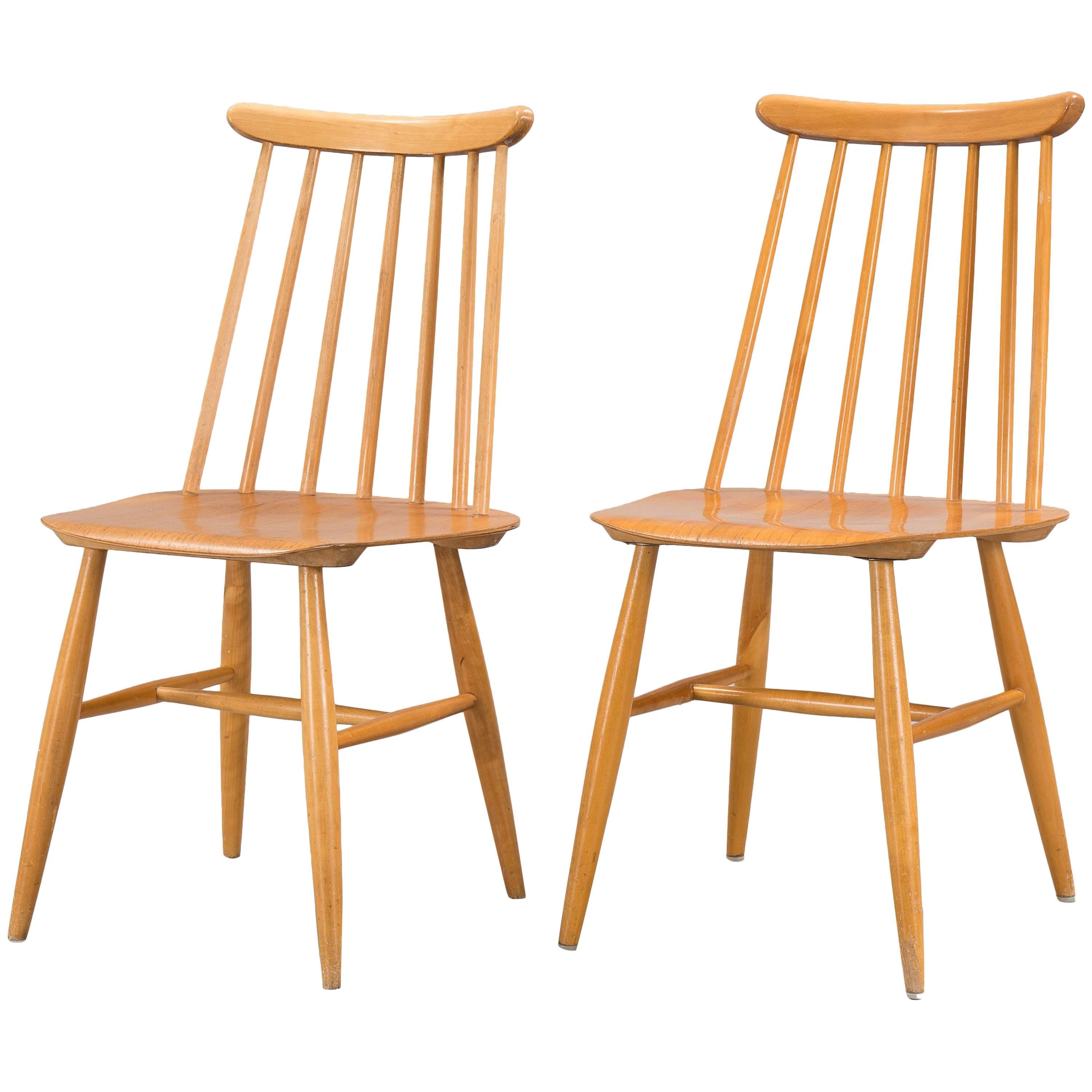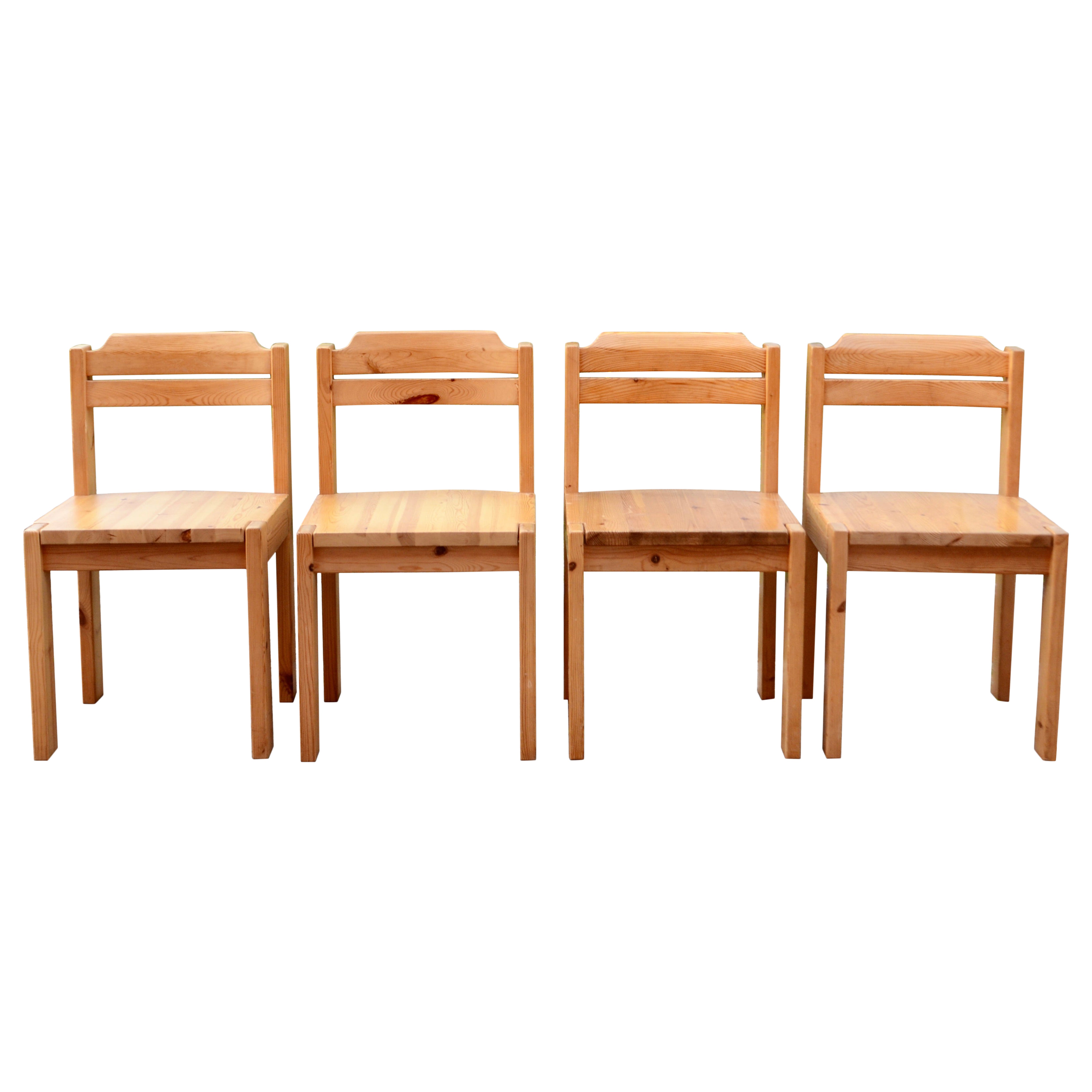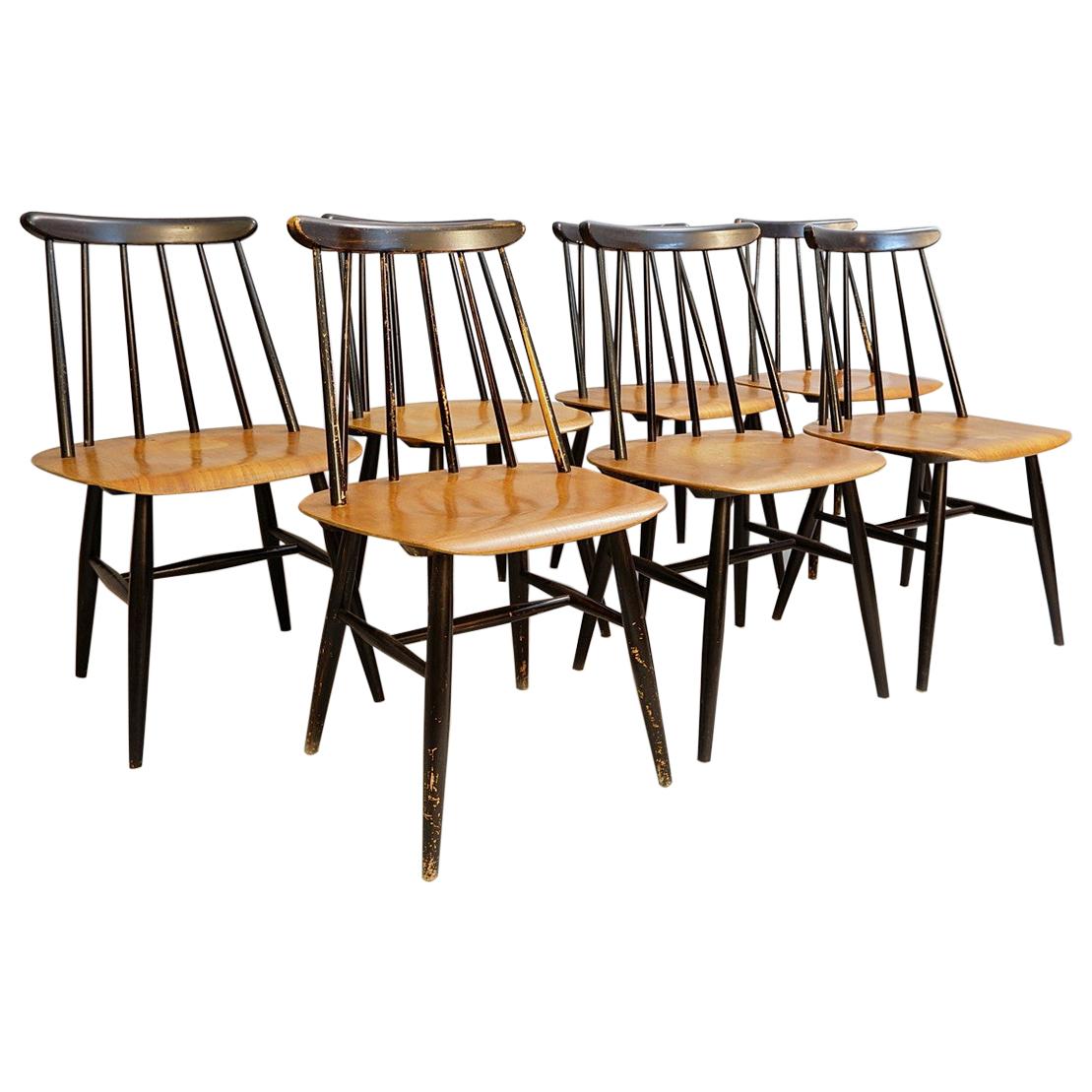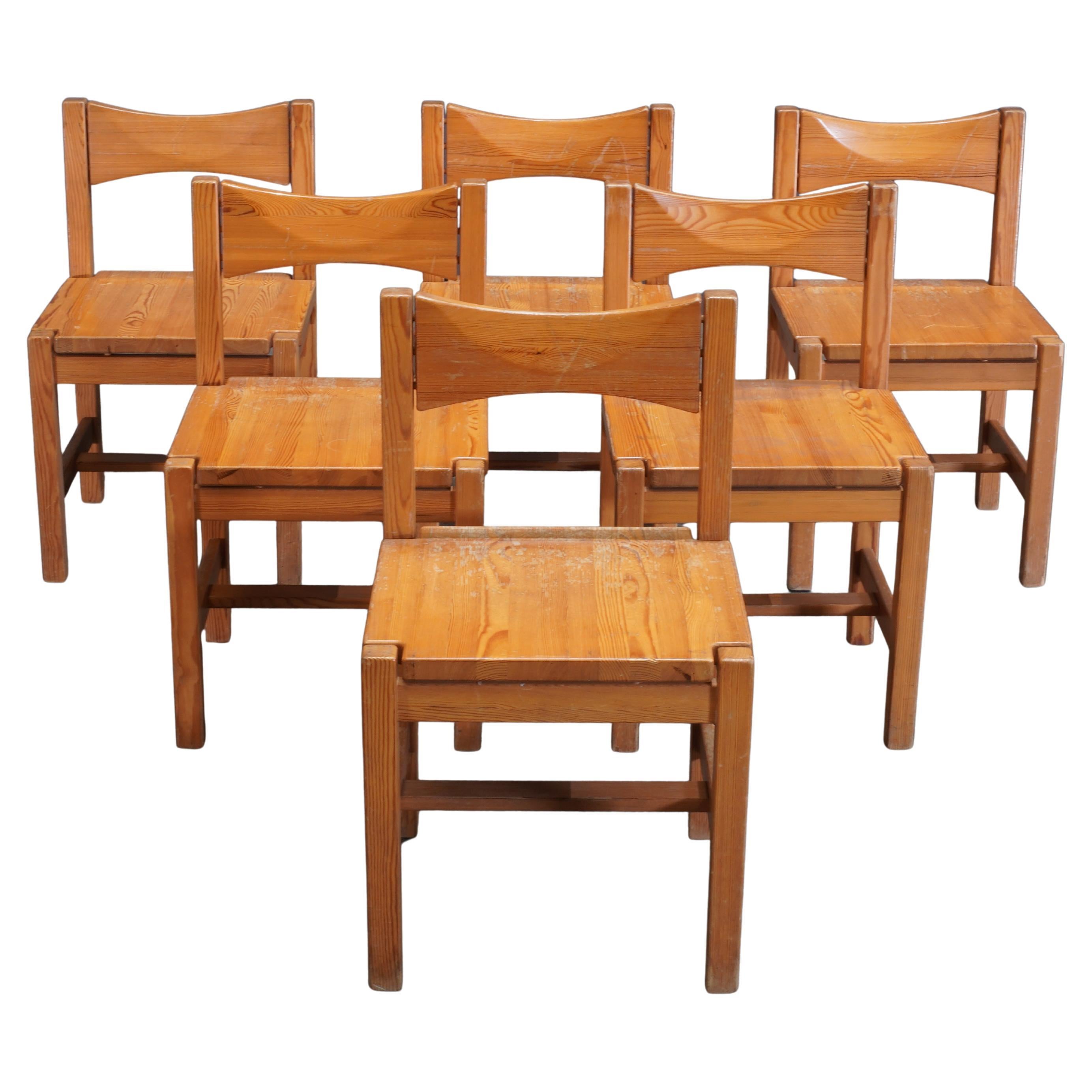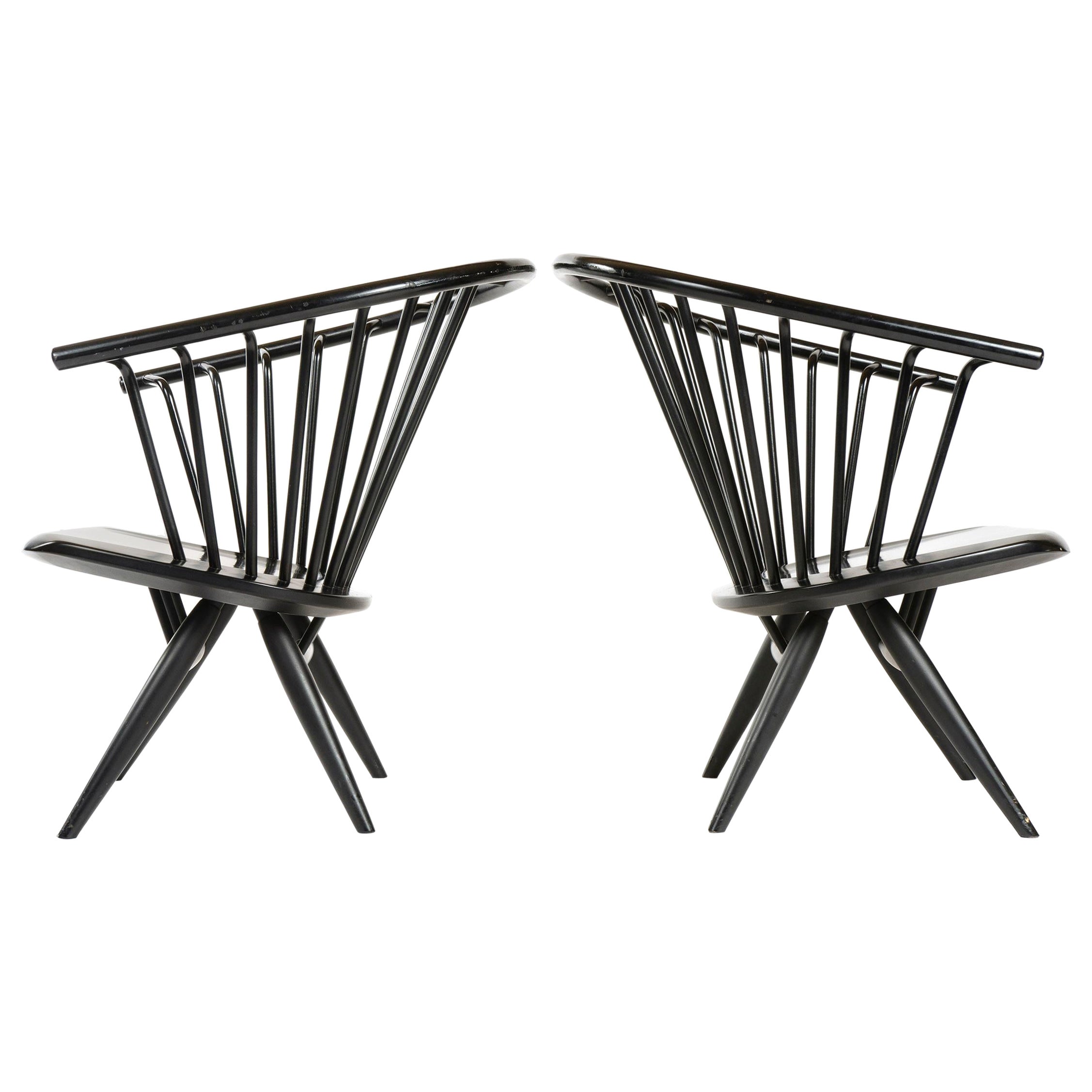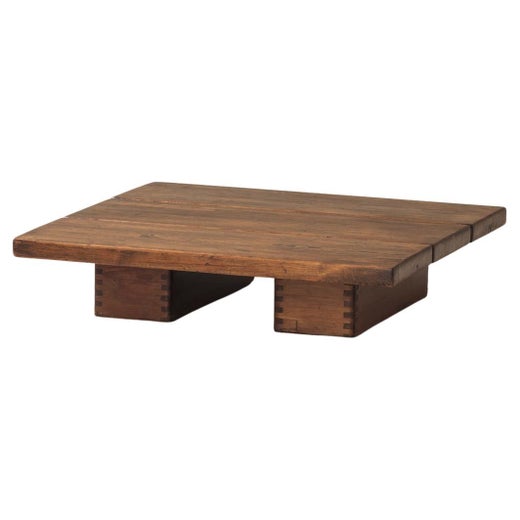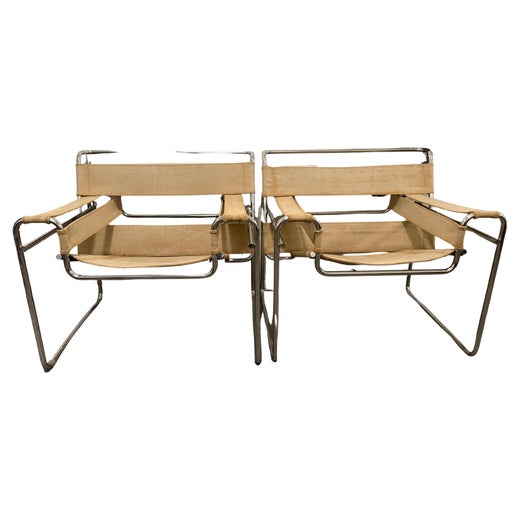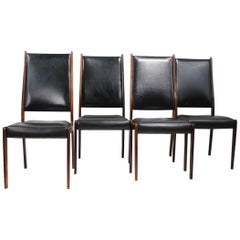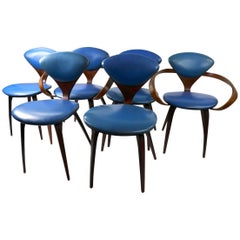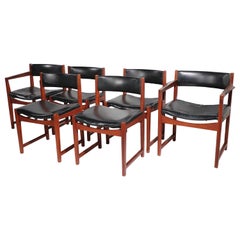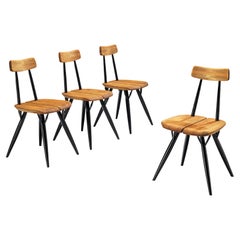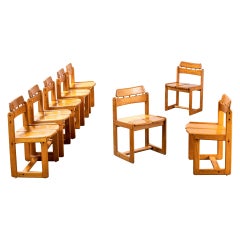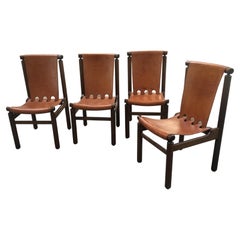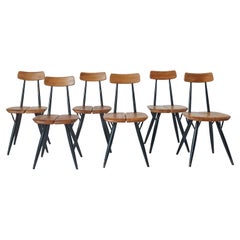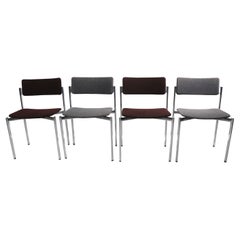
Set of 4 Kiki Chairs Designed by Ilmari Tapiovaara for Stendig
View Similar Items
Set of 4 Kiki Chairs Designed by Ilmari Tapiovaara for Stendig
About the Item
- Creator:Ilmari Tapiovaara (Designer),Stendig Co. (Manufacturer)
- Dimensions:Height: 28.5 in (72.39 cm)Width: 19 in (48.26 cm)Depth: 15 in (38.1 cm)Seat Height: 18 in (45.72 cm)
- Sold As:Set of 4
- Style:Scandinavian Modern (Of the Period)
- Materials and Techniques:
- Place of Origin:
- Period:
- Date of Manufacture:1970s
- Condition:Wear consistent with age and use. Structurally sound and sturdy, chrome bright and clean, fabric shows cosmetic wear, please see images and description.
- Seller Location:New York, NY
- Reference Number:1stDibs: LU978723991142
Ilmari Tapiovaara
During the mid-20th century, Finnish furniture designer Ilmari Tapiovaara worked with pine, teak and his country’s native birch to create sleek and sculptural chairs, dining room tables and bookcases in the Scandinavian modern style. Tapiovaara’s areas of expertise expanded beyond furniture to include interior architecture, wooden sculptures, film posters and cutlery.
After completing his studies at the Central School of Applied Arts in Helsinki, Tapiovaara embarked on a design career that would envelop his entire life. As a young man, Tapiovaara idolized revered architect and furniture designer Alvar Aalto — whom, with his wife, Aino Aalto, cofounded Artek, the company that would eventually manufacture the majority of Tapiovaara’s creations. The budding designer had one of Aalto’s chairs in his apartment while he was a student. After graduating, he worked as an assistant in an office at Le Corbusier, then as a designer and artistic director at Asko.
By 1951, Tapiovaara and his wife, Annikki, had established their own studio. A few years previous, the pair had designed the now-legendary Domus chair while creating interiors and furnishings for a new student housing complex in Helsinki. Made of molded plywood and easily stackable, the ergonomic Domus chair, with its slender form, featured a modest silhouette — its lightweight structure allowed for easy exporting, and iconic mid-century modern furniture manufacturer Knoll added a low-backed version to its offerings in the early 1950s. (It was marketed as the Finn chair in the United States.)
Tapiovaara went on to design pieces for Pihlgren ja Ritola and Santa and Cole. His experience earned him teaching positions at the Institute of Applied Arts, the Helsinki University of Technology and the Illinois Institute of Technology. While in Chicago for the latter, he worked in the office of Mies van der Rohe.
Tapiovaara centered his passion for design on social responsibility. He wanted his creations to be accessible to everyone, which was the concept behind his democratic approach. In Finland’s postwar era, the goal was exemplary, affordable designs. With this in mind, he created products such as stackable chairs and “knock-down” pieces packed flat, so they shipped efficiently and cost less.
An influential champion of his profession, he spent two decades as a United Nations ambassador, working to improve design’s contribution to society. His lasting, collectible furniture is a testament to the designer’s goal to create humane, radiant and intimate spaces. The United Nations project included traveling to Paraguay to create much-needed furniture. A similar project followed in Mauritius.
Tapiovaara’s success as an industrial and mass producer of everyday furniture was widely recognized and awarded. He received six gold medals for his chairs alone at the Milan Triennials. He also accepted a Good Design award, the Finnish State Design Award, a prize from the Finnish Culture Foundation and the Furniture Prize of the SIO Interior Architects’ Association of Finland.
Find vintage Ilmari Tapiovaara seating, tables and lighting on 1stDibs.
Stendig Co.
Stendig Co. played a pivotal role in introducing modern European furniture to the American market, thanks to the business acumen of founder Charles Stendig.
Around 1950, the Brooklyn, New York–born Stendig (1924–2024) worked for Raymor, a purveyor of modern china and accessories that is best known for distributing designer Russel Wright’s American Modern line of ceramics. While at Raymor, Stendig focused on the company’s less popular pieces that were made in Italy and Scandinavia, recognizing their potential for the American market. In 1955, he left the company and decided to establish Stendig Co.
That year, a chance encounter with a Finnish trade representative led him to furniture company Asko — one of the largest companies operating in Scandinavia. Asko invited him and Joseph Carreiro, a professor at the Philadelphia College of Art (now the University of the Arts), to help refine their designs.
At Asko’s production facility in Finland, Stendig met several renowned Finnish designers such as Ilmari Tapiovaara, Tapio Wirkkala and Eero Aarnio, the iconic Ball chair creator. Stendig’s trip there was a success, and Stendig Co. began importing Finnish furniture to the United States.
In 1956, the first Stendig Co. showroom opened in Manhattan. A year later, during a trip to Zurich, Stendig came across a Bauhaus–inspired furniture store featuring pieces by Swiss designers Kurt Thut, Hans Eichenberger and Robert Haussmann, the store’s co-owner. Following a meeting with Haussmann, Stendig became the retailer’s exclusive U.S. distributor.
Throughout the late 1950s and early 1960s, Stendig Co. imported and sold furniture from influential European designers, including Swiss designer Bruno Rey, Italian architect and industrial designer Vico Magistretti and Hungarian-American architect and designer Marcel Breuer, creator of the Wassily lounge chair.
By the late 1960s, Stendig Co. moved its headquarters to an expansive space on Manhattan’s East Side and opened showrooms in Los Angeles, San Francisco and Chicago, each home to the company’s striking collection of mid-century European armchairs, sofas, dining room chairs, coffee tables and other furnishings. Stendig’s founder was by then representing Italian manufacturers Poltronova and Gufram and bringing revolutionary works of Italian Radical design to American shores.
In 1971, Charles Stendig sold the company to Burlington Industries. He retired in 1976. Today Stendig’s European imports are coveted by interior designers and vintage furniture collectors, and he will be forever known as the man who introduced modern European design to the United States.
Find a range of vintage Stendig Co. furniture on 1stDibs.
More From This Seller
View AllMid-20th Century Danish Scandinavian Modern Dining Room Chairs
Upholstery, Rosewood
Mid-20th Century American Mid-Century Modern Dining Room Chairs
Upholstery, Plywood
Mid-20th Century American Mid-Century Modern Dining Room Chairs
Upholstery, Walnut
Mid-20th Century Danish Scandinavian Modern Dining Room Chairs
Rosewood, Teak
Mid-20th Century American Mid-Century Modern Dining Room Chairs
Cane, Oak
Mid-20th Century Danish Scandinavian Modern Dining Room Chairs
Upholstery, Wood
You May Also Like
Vintage 1950s Finnish Scandinavian Modern Dining Room Chairs
Beech, Pine
Vintage 1970s Italian Mid-Century Modern Chairs
Wood
Vintage 1970s Italian Mid-Century Modern Chairs
Leather, Beech
Vintage 1950s Scandinavian Scandinavian Modern Dining Room Chairs
Pine
Vintage 1960s Finnish Mid-Century Modern Dining Room Chairs
Beech
Vintage 1970s Chairs
Metal
